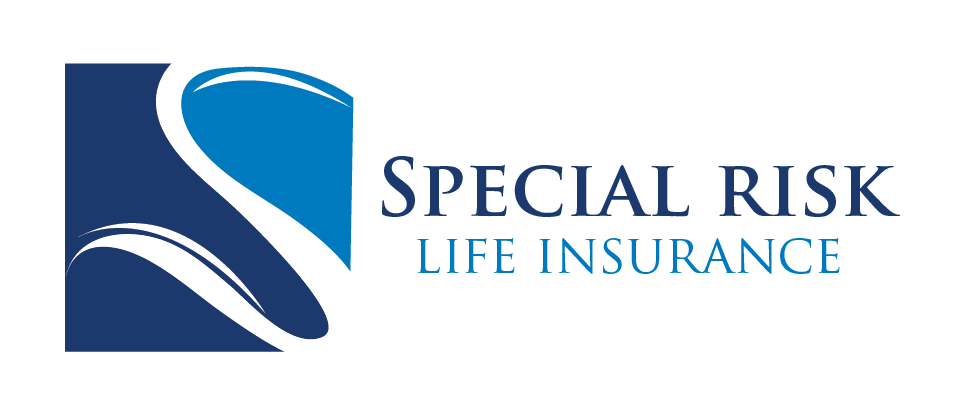
In this article, we are going to give you the life insurance basics you really need to know before you make any decisions. There is a lot of misinformation out there spread by inexperienced agents, closed minded financial gurus that lack experience working with a diverse group of consumers who all have different means, comfort levels and financial goals. One size does not fit all.
The nuts and bolts we are providing here should get you a good general understanding on what Life Insurance is and is not.
What Does A Life Insurance Policy Do?
First point of our basics, a life insurance policy protects against financial loss associated with the death of the a insured person named in the policy. If the application for insurance is approved by the carrier’s underwriting department at the insurance company, a policy can be issued. Once paid for, the life insurance policy will go “in-force.” This means that coverage is active.
A life insurance policy covers the inherent financial value of the insured individual’s life to those named in the policy as beneficiary(s). This is done at application but can be changed by the owner of the policy at any time. Upon the death of the insured individual the “financial value” of the policy is paid out the the beneficiary(s) named by the owner of the policy.
So, a policy will always contain a named insured, a policy owner (who could also be the insured) and a named beneficiary(s). The beneficiary(s) or “financial recipient(s)” could be a person(s) or an entity.
Some life insurance policies have modifications made to them that enhance the basics the life insurance coverage benefits. These are called riders (mini policies).
Understand that apples are not apples with the basics of life insurance policies. You should be consulting with a licensed independent agent or broker before applying for the coverage.
With that said, read on and find out what might be best for your needs.
Most Common Types of Life Insurance
Part two of our life insurance basics…
There are 2 very distinct types of insurance that makeup all of the different life insurance products on the market. They are the basis of all life insurance products out there. Those classifications are either Temporary or Permanent Life Insurance. You will need to know whether you are need temporary or permanent, lifetime coverage as you move forward. It will make things a lot easier “to get your head around” and which types of life insurance you are not interested in.
Term Life Insurance
- Term life insurance, is temporary life insurance and as such only provides coverage for a limited period of time. Typically 10, 15, 20, 25 or 30 years. It is considered pure death protection. The term of the policy is selected at application by the “policy owner” (paying party). After the “term” or period expires, the life insurance coverage at the previous term rate or cost is no longer guaranteed.
- Premiums will go up sharply at the end of the “term” and should be considered before purchasing a policy that is temporary in nature. During the “term” when you are paying a premium to the life insurance company and the insured dies, the death benefit will be paid to the beneficiary named by the policy owner.
- Since it is not permanent insurance, the cost is much less.
- Term life insurance provides the greatest amount of pure death protection for the lowest premium when compared to any other type of life insurance policy. However, there is a usually a maximum age which the insured will not be covered and cannot be renewed at the higher premium.
- Term life insurance has no cash value or other living benefits.
Whole Life Insurance
- Whole life insurance, is a permanent life insurance policy that remains in force for the insured’s “whole life.” The policy may pay the policy owner dividends if it is a “participating” or “par” policy.
- Simple lifetime protection that has an additional cash value account accumulating in the policy and requires (in most cases) that premiums to be paid every year into the policy.
- This type of policy is more expensive due to the defined and guaranteed policy benefits and lifetime payout assurances.
- Oldest type and arguably the most reliable life insurance policy due to guaranteed values written inside the policy. Coverage is not affected by external factors unless premiums are not paid.
Universal Life Insurance
- Another type of permanent life insurance. Typically less expensive than whole life, but more complex under the hood.
- In additional to the face amount (death benefit) is also typically has a cash value account built in.
- The difference with universal life coverage is that premiums are adjustable (flexible), but do create some complexity you will not see with traditional whole life insurance. Under the terms of the policy, the excess of premium payments above the current cost of insurance which is based on an automatically and renewing 1 year term life insurance is credited to the cash value of the policy. The cash value is credited each month with interest, and the policy is debited each month by a cost of insurance (COI) charge, and any other policy charges and fees which are drawn from the cash value, even if no premium payment is made that month.
- Interest credited to the account is determined by the insurer, but has a contractual minimum rate of 2%. When an earnings rate is pegged to a financial index such as a stock, bond or other interest rate index, the policy is a “Equity Indexed Universal Life” contract.
High Risk Life Insurance
High risk life insurance is coverage for those who are considered to have a very heighten risk to insure than other people. High risk life insurance can be temporary or permanent coverage depending on your needs. As a rule, term and universal life insurances will be harder to obtain than whole life. But what defines higher risks then? Well, there are a few categories that are considered high risk. They fall into the following:
- High risk medical conditions: If you have been diagnosed with a serious or life threatening disease such as cancer, pancreatic disease, epilepsy, diabetes, or Alzheimer’s, you are very likely considered high risk.
- High risk professions: Several occupations can put you into the higher risk category. People in high risk professions include underwater welders, underground miners and firefighters.
- High risk hobbies: You may work at a safe job during the week, but you may still be considered high risk if your weekends involve a hobby such as skydiving, racing cars or scuba diving.
- High risk habits: If the insureds lifestyle can be high risk, such as smoking cigarettes or cigars, or chewing tobacco it will generally be considered high risk with some exception.
Conclusion To Life 101 Basics
Hopefully you have got the life insurance basics under your belt now. Products do very greatly in cost. As risk increases to an insurer, the cost of insurance will rise, period. A permanent form of life insurance will obviously cost more than a temporary one. This is why is it is important to speak with a seasoned and independent life insurance agency like Special Risk Life. Our interest is in helping you obtain affordable protection for your family and the peace of mind you need all at the same time.
We try to make our articles and tutorials as simple to understand as possible. Let us know how we can improve the information if you feel inclined.
Contact us to learn more about the right life insurance for you. We are here to help. tel: 269-230-3464
